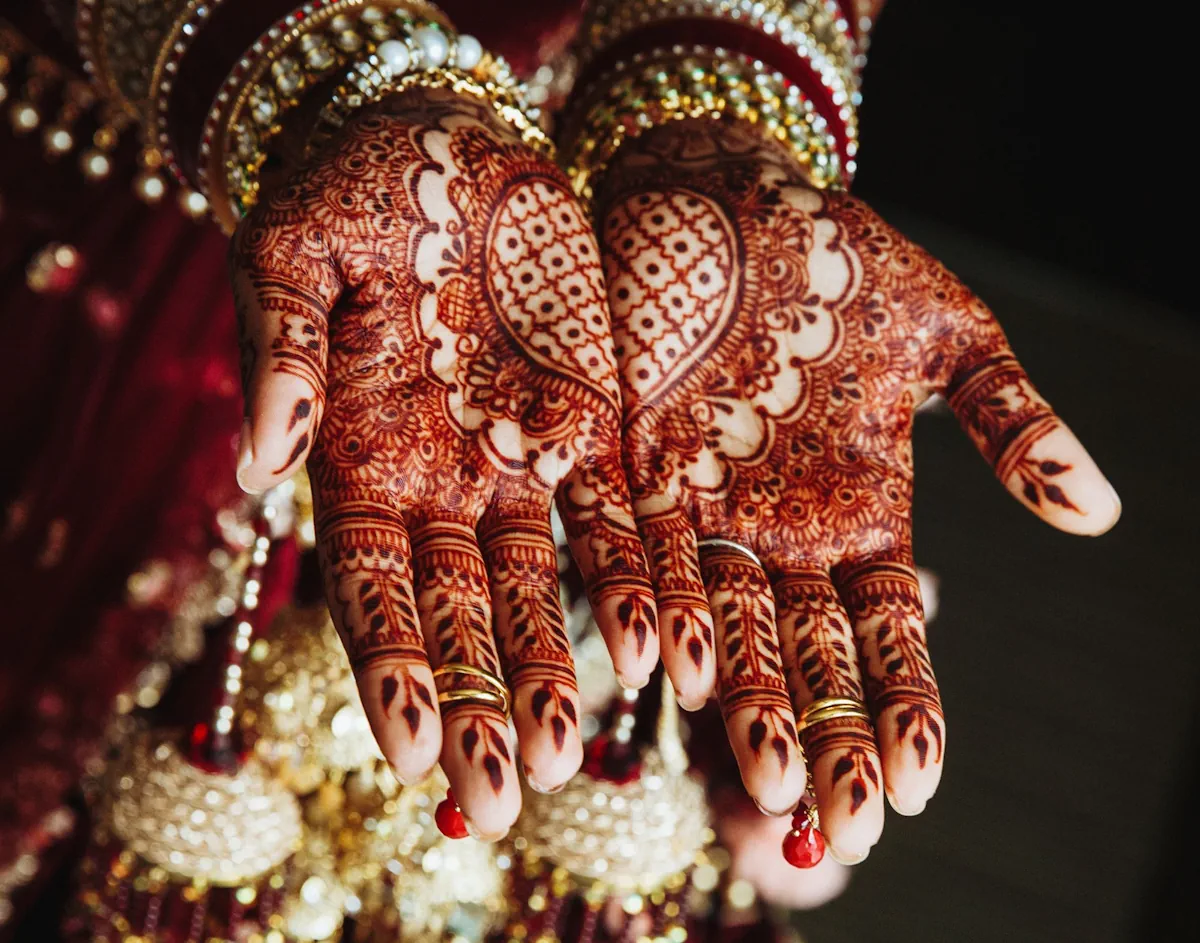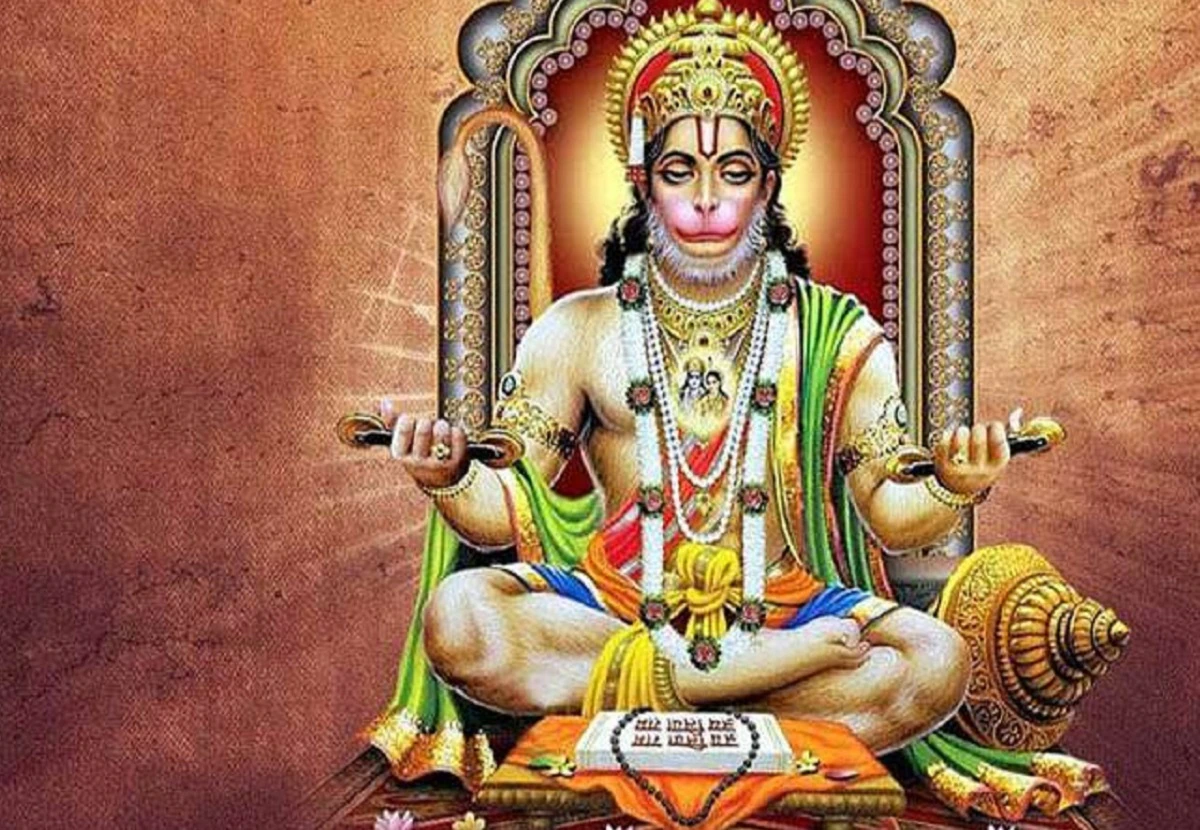What is the significance of applying Mehendi in Hindu culture?
From Hindu Mythology To Ayurveda: Why Is Mehendi So Special: Mehndi, often known as Henna, is an integral part of the sixteen adornments of Hinduism. It is derived from a leaf. It is applied to hands, feet, nails, and arms. Henna, scientifically known as ‘Lawsonia inermis’, is a thorny plant of the Lithaceae family.
Importance of Mehndi in Puranas
According to Hindu mythology, when Maa Durga was destroying demons in the form of Goddess Kali, due to her anger, she did not realize that her skull was filled with the blood of the demons, and all the demons had been destroyed. In this situation, her form was extremely terrifying.
Seeing this form of the Goddess, the sages and other gods became worried. All went to Indra, the king of gods, who told the sages that only Lord Shiva can calm the anger of Maa Kali.
Everyone reached Lord Shiva. After listening to them, Lord Shankar told the Goddess that her Kali form was frightening everyone. On hearing this, Maa Mahakali manifested a Goddess with her will power, who was known as Sursundari, and on the orders of Maa Kali, she became a medicine and adorned her hands and feet. Since then, Mehndi has been considered a medicine.
Importance of henna in ayurveda
To apply mehndi, the leaves of the henna plant are dried and ground. Then its paste is applied. After a few hours, it sets and gives a red-maroon color, which lasts for about a week.
Apart from being a cosmetic product, mehndi also holds Ayurvedic importance. Such elements are found in mehndi leaves that destroy the germs that contaminate food items. The bark of mehndi is used in jaundice, enlarged liver and spleen, stones, burns, leprosy and skin diseases. Mixing a little lemon juice in mehndi powder and applying it on the nails of hands and feet removes the roughness of the nails and brings shine to them.
ALSO READ: Tulsi Puja Niyam





